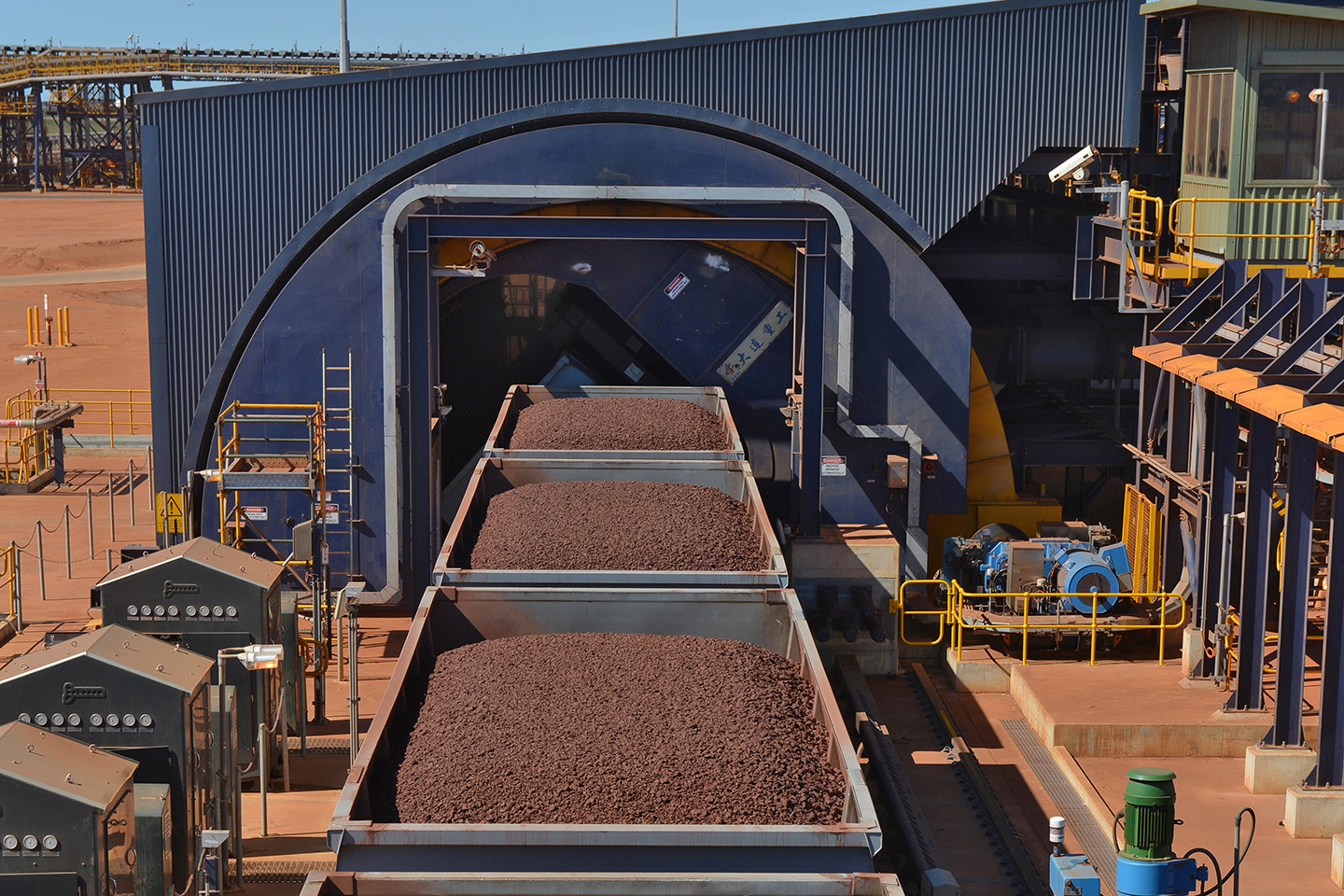The Treasurer, Josh Frydenberg, will reveal in Thursday’s mid-year budget update that Australia’s unemployment rate will fall comfortably below 5% next year as the economy continues to rebound.
After many months of volatile unemployment figures due to lockdowns and falling participation rates, the mid-year economic and fiscal outlook (MYEFO) will forecast the unemployment rate to drop to 4.5% in the June quarter of next year.
This is down from the 5% unemployment rate forecast for June 2022 in the May budget.
In 2022-23, the unemployment rate will fall again to 4.25%, slightly below the 4.75% previously forecast, and the lowest level since September 2008.
By 2024-25, an extra million jobs are expected to be added to the economy, as growth rates return to pre-pandemic levels.
Unveiling the economic update – potentially the last before an election – Frydenberg will highlight the unemployment rate as being sustained below 5% for the first time since before the global financial crisis and only the second time since the early 1970s.
Australia last had a run of unemployment below 5% from 2006 to 2009.
“Not only is the unemployment rate today lower than when Labor left office, despite being in the middle of a pandemic, we are now poised to see the unemployment rate fall to 4 ¼% and sustained below 5% for only the second time in more than half a century,” Frydenberg said ahead of Thursday’s budget update.
“JobKeeper, the CashFlow Boost, Household Payments, the Covid Disaster Payment and Business Support payments did their job in saving lives and livelihoods.”
More than $13bn has been paid in pandemic support payments since the Covid pandemic began for more than 6m claims, mainly as Covid disaster payments.
Frydenberg said that the government was prioritising “saving jobs and creating jobs” and had avoided “the scarring of the labour market that had marked the 1980s and 1990s recessions.
“We have been working to a clear fiscal strategy to drive down the unemployment rate to historically low levels as we emerge from the greatest economic shock since the Great Depression,” Frydenberg said.
“It’s not that long ago that the Treasury was contemplating a collapse in GDP of more than 20% and feared the unemployment rate could rise to as high as 15%.”
The improved unemployment rate – which refers to the share of the labour force that is without work and seeking employment – suggests an extra 150,000 people will be employed by 2024-25 across the economy than forecast in the May 2021-22 budget.
Sign up to receive the top stories from Guardian Australia every morning
MYEFO documents will also show that Treasury expects to see the creation of 1m jobs over the forward estimates with a total of more than 13.8 million people employed by June 2025.
The strong jobs growth will see a record high employment to population ratio of 63.1% by the September quarter next year.
The lower than forecast unemployment rate is in line with the government’s updated “non-accelerating inflation rate of unemployment”, called the Nairu, which is the jobless rate at which inflation and wages are then expected to rise.
The RBA’s latest quarterly monetary policy statement showed the bank is expecting the jobless rate to “be a little below 5% at the end of 2021, and is forecast to decline steadily from there, reaching 4% by the end of 2023.
“The participation rate is expected to bounce back quickly to historically high levels, in contrast to the experience of some other advanced economies,” the RBA said.
The RBA is expecting GDP to have contracted by about 2.5% in the September quarter, and hours worked declined by 3%, but forecasts a rapid recovery as a result of Australia’s high vaccination rates.
GDP is expected to grow by about 3% over 2021, before growth of 5.5% next year, and 2.5% in 2023 – a rate closer to pre-pandemic averages.
The improved unemployment rate comes despite expectations that Thursday’s budget update will show costs for the National Disability and Insurance Scheme growing by another $26bn over the next four years.
The cumulative budget deficits, which were forecast at $342.4bn in the May budget, are expected to be slightly lower as a result of more buoyant tax receipts, but still constrained by spending pressures for the NDIS and Covid related payments.




















Discussion about this post